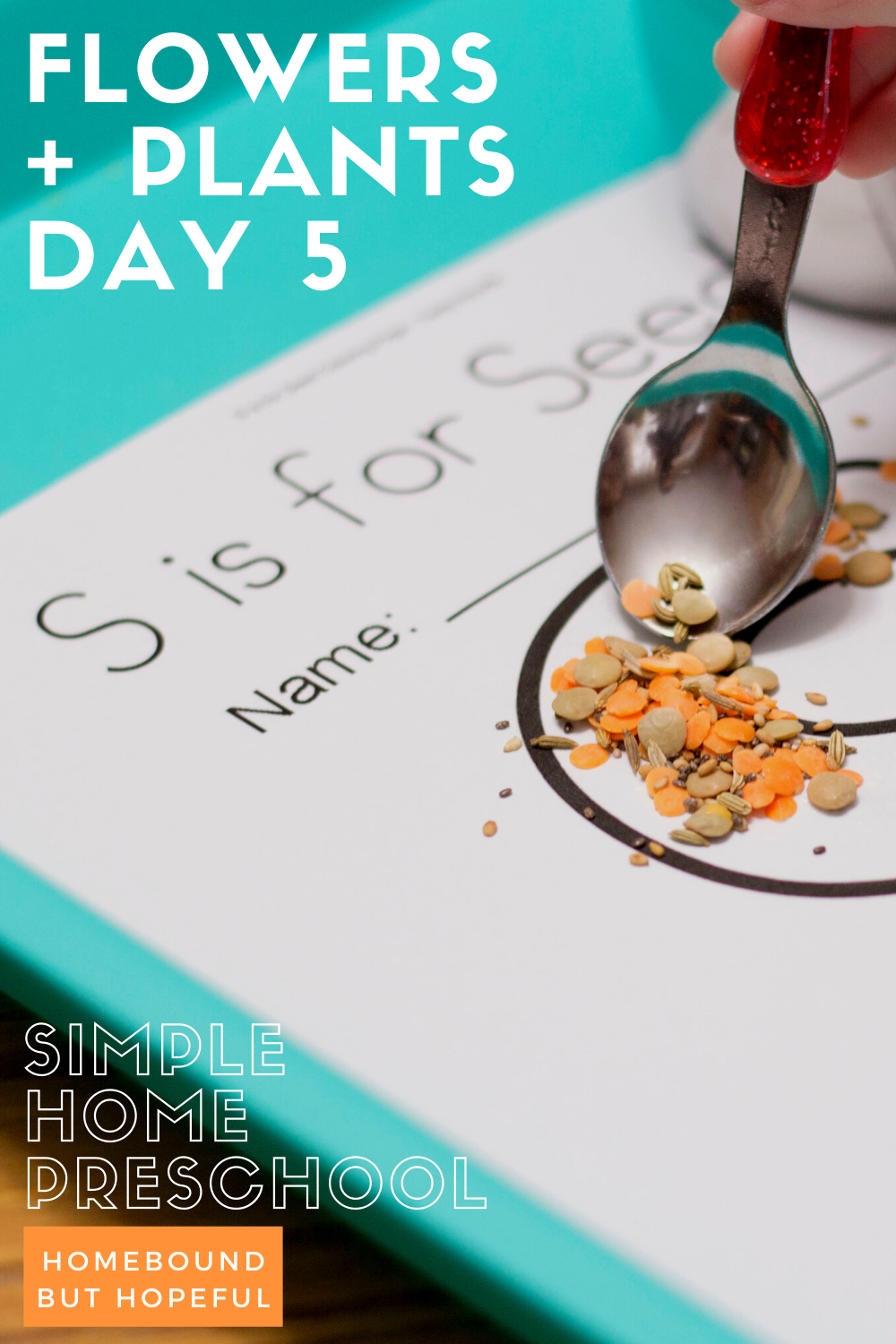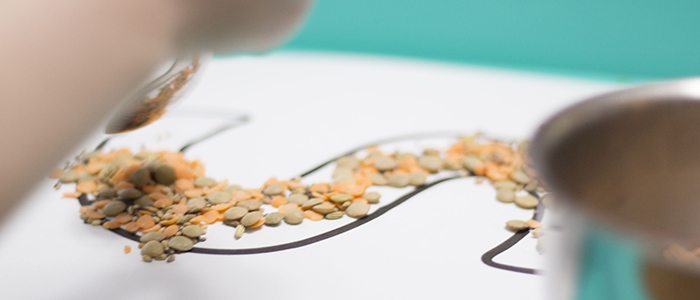Learning About Seeds: Day 5 (Easy Preschool At Home)
We finished up our week of learning about seeds, plants, and flowers with a day mainly focused on seeds. My son loved the opportunity for some real-life learning. I also included a little bit of sensory input, which he thinks is the best. Read on to see how the end of our week of home preschool looked!
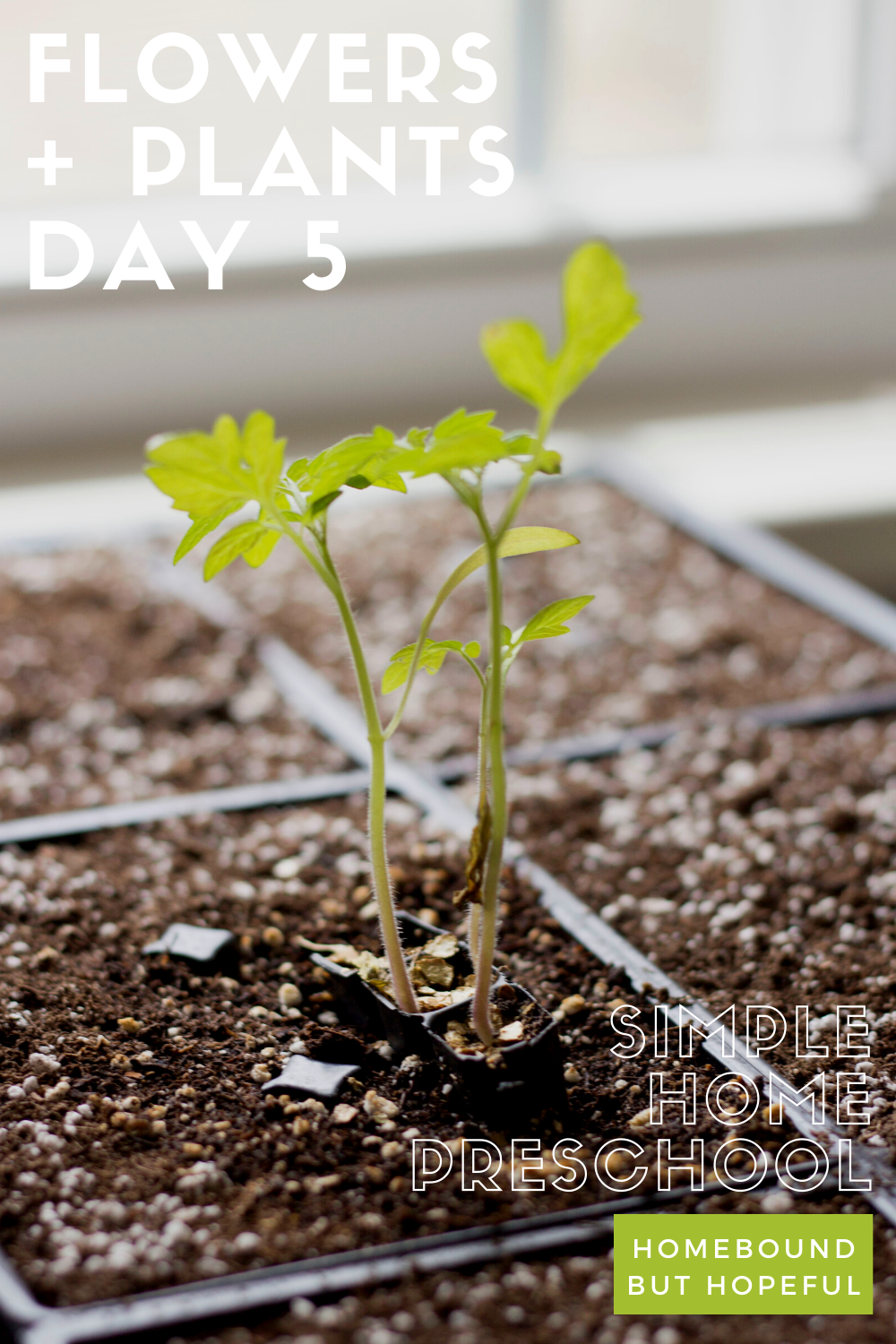
Disclosure: This post contains affiliate links. If you make a purchase through a link in this post, I may earn a small commission at no additional cost to you.
LEARNING ABOUT SEEDS: WEEK 2 dAY 5
Flowers, Plants, and Seeds: Day 5 Ideas
Letter of the day:
S is for seeds. I created a simple free printable ‘S is for Seeds’ page on Twisty Noodle. Using what I had on hand in our kitchen, I assembled a small bowl of a seed mixture. Ours included chia, sesame, and fennel seeds, as well as 2 types of lentils. We spread some glue on the S, and my son covered the glue with the seed mixture. He loved the opportunity to touch the type of seeds, smell them all, and learn about how they can be eaten.
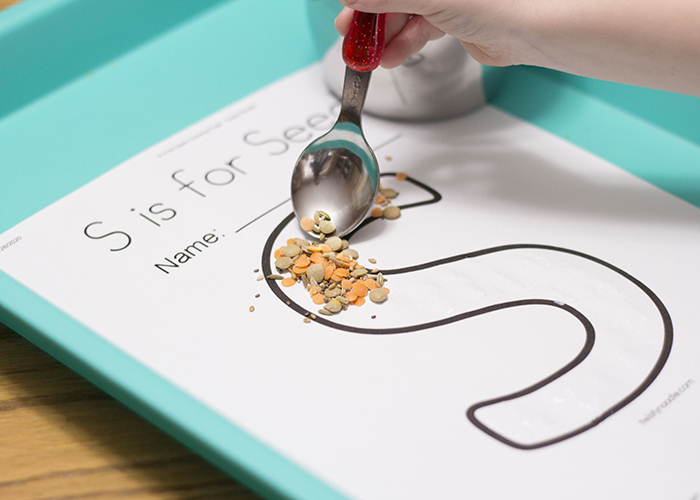
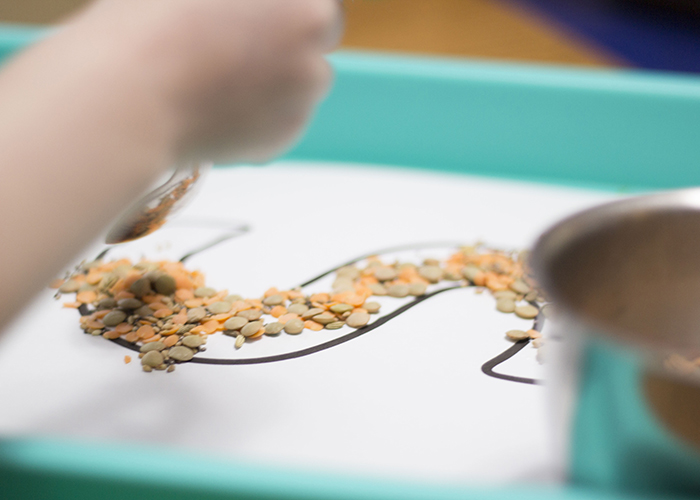
Word of the day:
Instead of working on his name, my kiddo wrote ‘seed’ with 4 different writing instruments. (I grabbed that printable page from First And Kinder Blue SKies on Teachers Pay Teachers!)
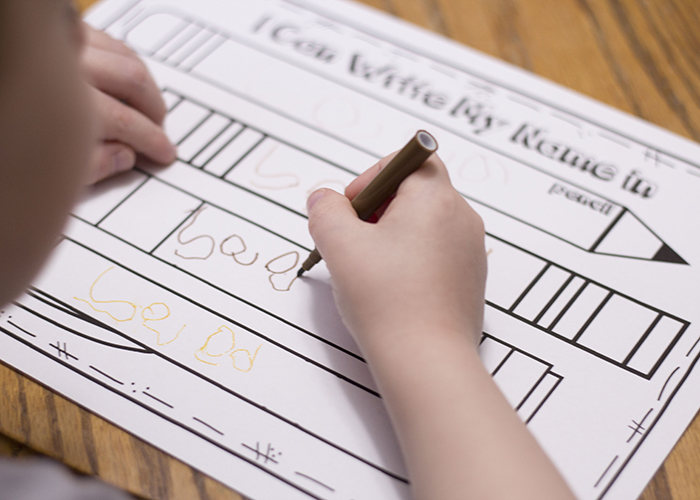
Book of the day:
Seeds. By Colin Walker. Illustrations by Bryan Pollard.
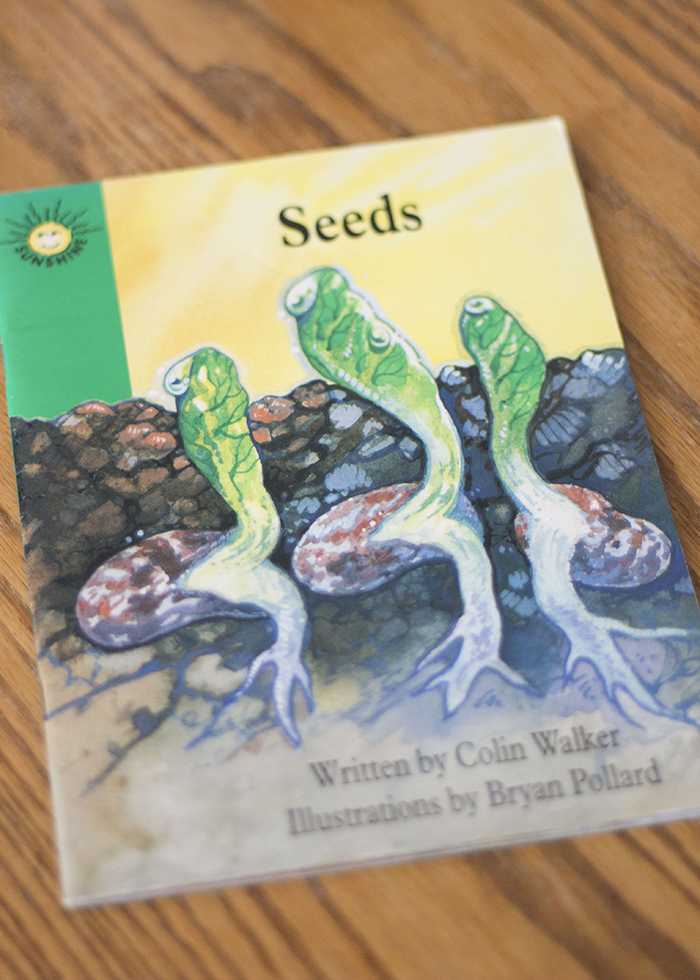
Journal prompt of the day:
I would like to invent a seed that could grow more…
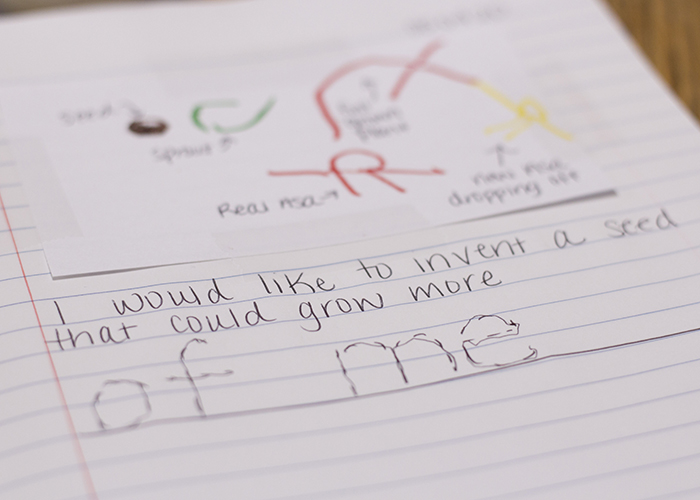
Activities and play we enjoyed:
I gave my son some colored pencils, and had him color the images for a printable plant life cycle flip book. When he finished coloring, I cut out the pieces, folded, and attached them. Then we talked about each stage in the plant life cycle, and how important seeds are in it.
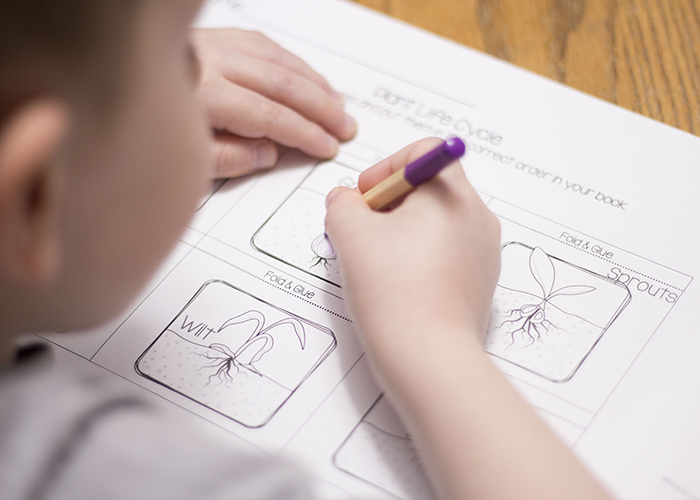
And of course, what sort of plant themed preschool unit would be complete without some actual planting?! We were lucky enough to receive seeds, soil, and some living plants from a local nursery as part of the learning materials sent home from our school district. (Thank you so much, Welch’s!) My son loves watering them, and watching the changes as growth occurs. This sort of real-life learning is so important, and really makes the lessons ‘stick’ for my kiddo.
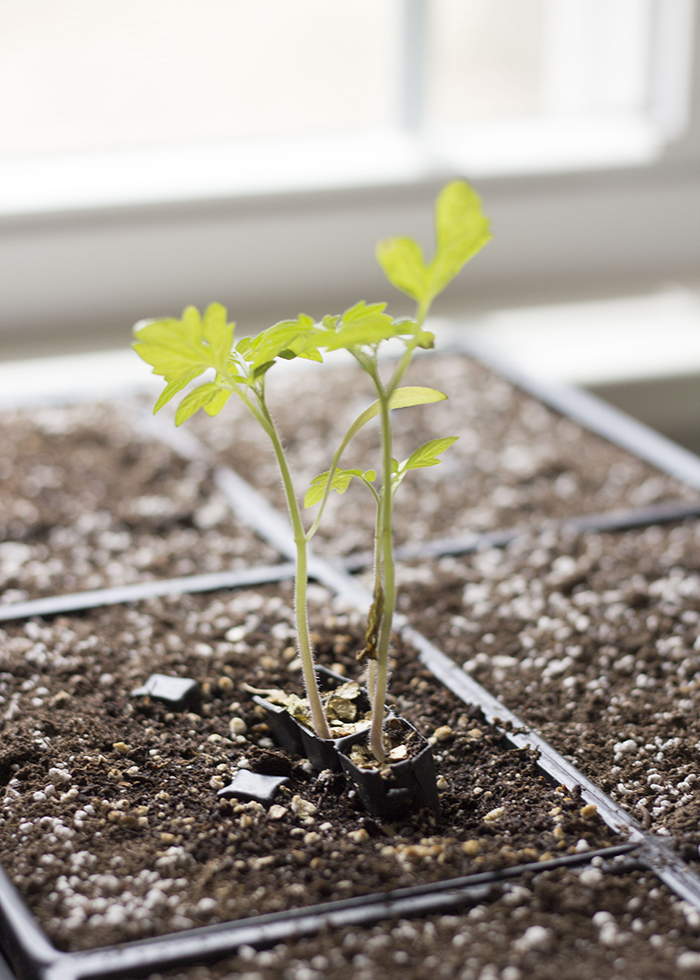
YOU MAY NEED THESE FOR LEARNING ABOUT SEEDS…
colored pencils / crayons / markers / transparent tape / pens / scissors / pencils / double sided tape / composition notebook / index cards / glue / lentils / assorted seeds / planting kit
But PLEASE Remember…
This is what is working for us during the pandemic, for the time being. It may seem overwhelming to your family to attempt anything like this. Or if you’re like me, you may welcome a little structure in your days. It’s important for you to consider the needs, emotional health, and learning styles of your entire family, and make adjustments as needed. The goal is NEVER more stress, more comparisons, or more guilt.
Keeping the above in mind, here’s a little bit more about our process…
- We’re aiming for about an hour of ‘school-ish’ work a day. This might included coloring, painting, writing, drawing, stickers, and more. My 4 year old is used to attending UPK for two and a half hours a day, 5 days a week, so 1 hour seemed like a good starting point at home.
- I build a ton of breaks and flexibility into our days and weeks. I plan 5 days of ‘school’ each week, and we generally accomplish all the activities by stretching them out over 7 total days. Some Wednesdays, we just can’t do school. So we’ll make it up later, if we can. Again, the goal isn’t stress or pressure, so flexibility is key.
- Variety is helpful for my kiddo. His attention span is short, so most of what I plan is quick, and we change styles of learning often. You know what will work best for your own families.
- Our journal is simply a basic notebook. Every day, I provide a prompt, and my child draws a picture on a blank index card. I tape that into the notebook, and write most of the prompt. At least one or two words are written larger, in dots, so my son can trace them.
- I have a pretty well stocked supply of craft and learning materials already, and know that may not be the case for you. Be creative, be flexible, and be open to compromise! We also have a large home library for the kids, which is very helpful right now!
